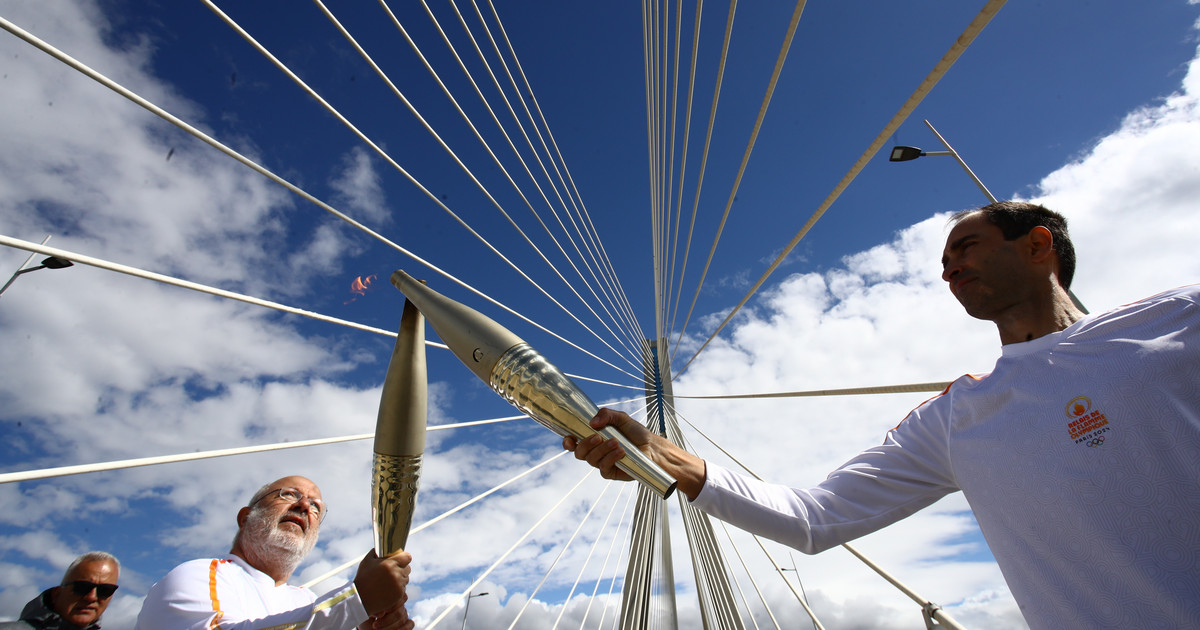The unmanned Artemis I mission is ready for a second launch chance on a historic journey around the moon. The launch window should open at 2:17 pm ET, around 3 pm ET and close at 4:17 pm ET, around 5 pm ET this Saturday (3).
Just before 5 am ET, the mission managers received a weather briefing and decided to proceed with loading the booster into the rocket. The countdown resumed at 7:07 am ET.
There is currently a delay due to a liquid hydrogen leak detected in the quick disconnect cavity. The team stopped flowing propellant to the rocket’s central stage. It’s a different leak than what happened before the clean release on Monday (29).
Launch controllers will attempt to heat the line to get a tight seal. Meanwhile, liquid oxygen continues to flow to the central stage.
There is a 60% chance of favorable weather conditions for launch, with chances increasing to 80% favorable towards the end of the window, according to weather official Melody Lovin.
The Artemis I stack, which includes the Space Launch System rocket and the Orion spacecraft, sits on Launchpad 39B at the Kennedy Space Center in Cape Canaveral, Florida. The mission is just the beginning of a program that aims to return humans to the moon and eventually land manned missions on Mars.
If the mission launches this Saturday, it will travel around the moon and land in the Pacific Ocean on October 11. There is still a backup opportunity for the Artemis I quest to also be released on September 5th.
In recent days, the launch team has taken time to resolve issues such as hydrogen leaks that surfaced before Monday’s planned launch before being eliminated. The team also completed a risk assessment of an engine conditioning issue and a foam crack that also emerged, according to NASA officials.
Both are considered acceptable risks for the launch countdown, according to Mike Sarafin, Artemis mission manager.
On Monday, a sensor on one of the rocket’s four RS-25 engines, identified as engine #3, reflected that the engine could not reach the proper temperature range needed for the engine to start on takeoff.
Engines need to be thermally conditioned before super-cold propellant flows through them before takeoff. To prevent the engines from experiencing temperature shocks, launch controllers gradually increase the pressure of the mid-stage liquid hydrogen tank in the hours before launch to send a small amount of liquid hydrogen to the engines. This is known as “bleeding”.
The team has since determined it was a bad sensor providing the reading — they plan to ignore the faulty sensor moving forward, according to John Blevins, chief engineer at Space Launch Systems.
Bleeding should occur around 8 am ET, said Charlie Blackwell-Thompson, Artemis launch director for NASA’s Earth Exploration Systems Program.
mission overview
After the launch of Artemis I, Orion’s journey will last 37 days as he travels to the moon, circles it and returns to Earth – traveling a total of 2.1 million kilometers.
While the passenger list doesn’t include humans, it does have passengers: three mannequins and a plush toy Snoopy will ride on Orion.
The crew aboard Artemis I may seem a little unusual, but each one serves a purpose. Snoopy will serve as a zero-gravity indicator – meaning he will begin floating inside the capsule once he reaches the space environment.
The dummies, named Commander Moonikin Campos, Helga and Zohar, will measure the radiation from deep space that future crews might experience and test new suit and armor technologies. A biology experiment carrying seeds, algae, fungi and yeast is also inside Orion to measure how life reacts to this radiation as well.
Additional science experiments and technology demonstrations are also in a ring on the rocket. From there, 10 small satellites, called CubeSats, will split up and go their separate ways to gather information about the moon and the deep space environment.
Cameras on and off Orion will share images and videos throughout the mission, including live views of the Callisto experiment, which will capture a stream of Commander Moonikin Campos sitting in the commander’s seat. And if you have an Amazon Alexa-enabled device, you can ask about the mission location every day.
Expect to see views of Earthrise similar to what was first shared during the Apollo 8 mission in 1968, but with much better cameras and technology.
The inaugural mission of the Artemis program will kick off a phase of NASA’s space exploration that aims to land diverse crews of astronauts in previously unexplored regions of the moon — on the Artemis II and Artemis III missions, scheduled for 2024 and 2025, respectively — and eventually deliver missions. crewed to Mars.
Source: CNN Brasil






